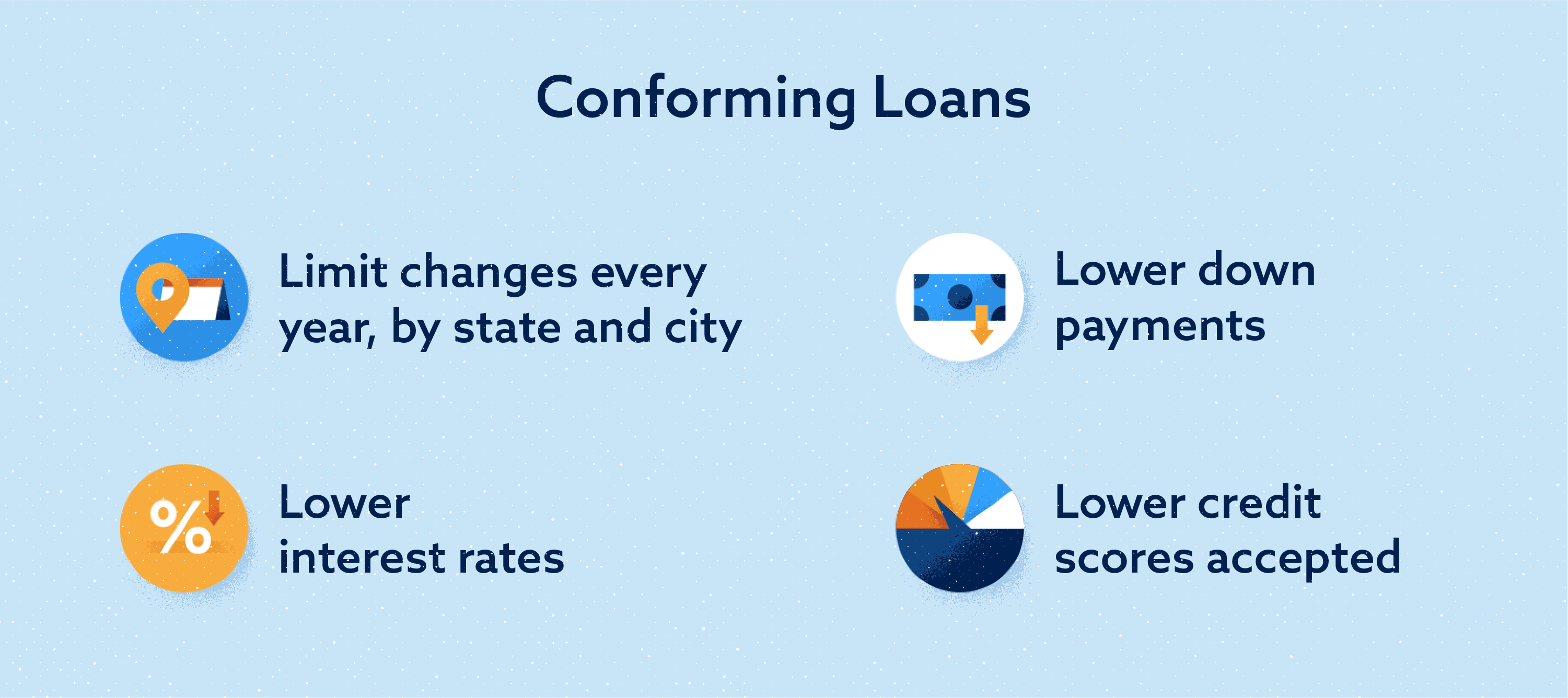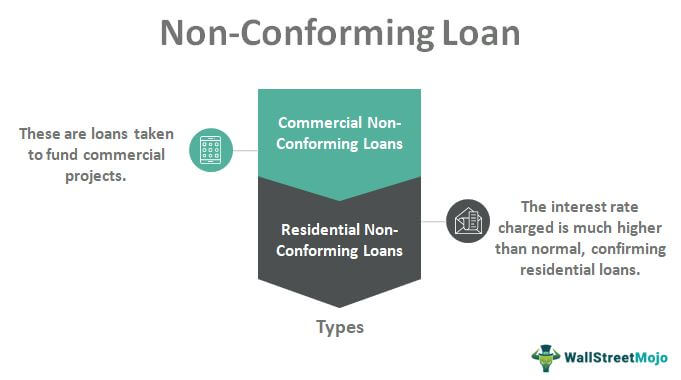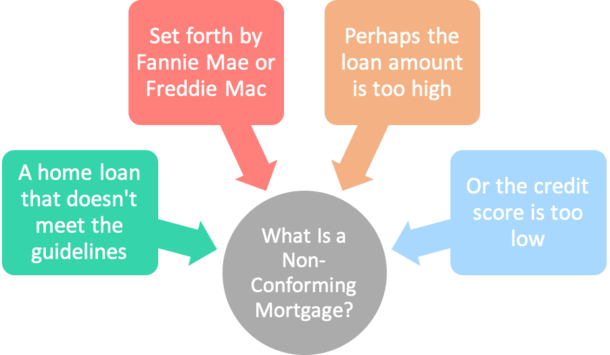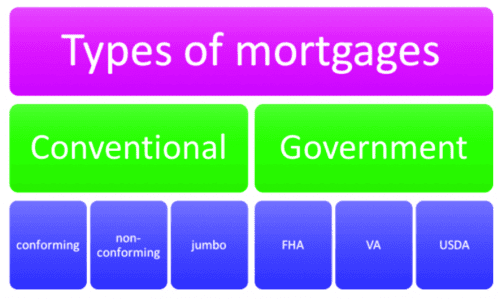Are you confused about the difference between conforming and non-conforming mortgages? Don’t worry, you’re not alone! Understanding the nuances of mortgages and their terms can be difficult, but it doesn’t have to be. In this article, you’ll learn the basics of conforming and non-conforming mortgages and the differences between them so you can make an informed decision. Whether you’re a first-time homebuyer or a seasoned real estate investor, this article will help you understand the key differences between these two types of mortgages. So let’s get started and learn the difference between conforming and non-conforming mortgages.
Research mortgage types

If you’re looking to get a mortgage, it’s important to know the difference between conforming and non-conforming mortgages. Researching the two types can help you decide which is right for you. Conforming mortgages typically have better interest rates, but non-conforming loans may offer more flexibility. Make sure to do your research and be confident that you understand the differences before signing any paperwork.
Research conforming & non-conforming

To get a better understanding of conforming and non-conforming mortgages, it is important to do your research. Start by familiarizing yourself with the basics of both types of mortgages. Understand the differences in loan limits, credit scores and other requirements that come with each. Also, read up on any recent changes in the mortgage industry, as this can help you to better understand the pros and cons of each.
Distinguish definitions

If you’re considering buying a home or refinancing, it’s important to understand the difference between a conforming and non-conforming mortgage. Conforming mortgages are those that meet the guidelines of government-sponsored enterprises (GSEs) like Fannie Mae and Freddie Mac. Non-conforming mortgages don’t meet GSE guidelines, meaning the loan amount is higher than the maximum loan amount allowed by the GSEs.
Compare loan requirements

When comparing loan requirements for a conforming vs. non-conforming mortgage, it’s important to understand the difference. Conforming mortgages have maximum loan amounts and stricter credit requirements, while non-conforming mortgages have higher loan amounts and more lenient credit requirements. Make sure you understand the details of each loan type before deciding which is best for you.
Analyze interest rates
Analyzing interest rates is key to understanding the difference between conforming and non-conforming mortgages. Conforming mortgages tend to have lower interest rates, while non-conforming mortgages typically have higher interest rates. It’s important to compare the interest rate of each type of mortgage to decide which one is best for you.
Understand restrictions

Understanding the restrictions between conforming and non-conforming mortgages can be tricky. For a conforming mortgage, you have to meet certain loan size and credit score requirements, while a non-conforming mortgage may be offered to those with lower credit scores and higher debt-to-income ratios. It’s important to do your research to make sure you meet the necessary criteria for either kind of loan.




